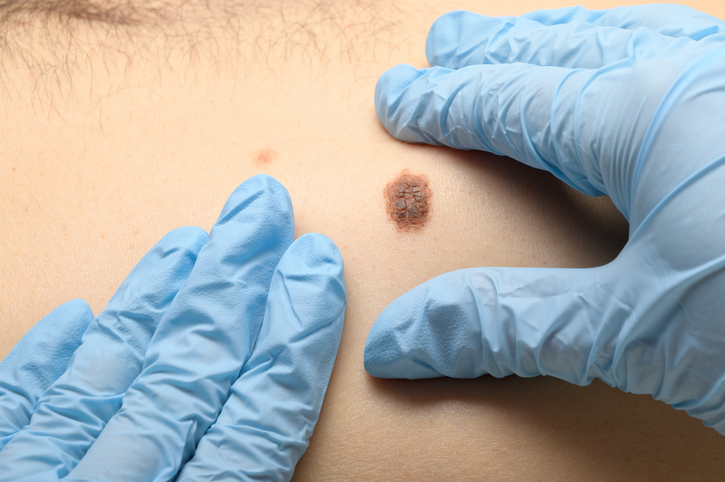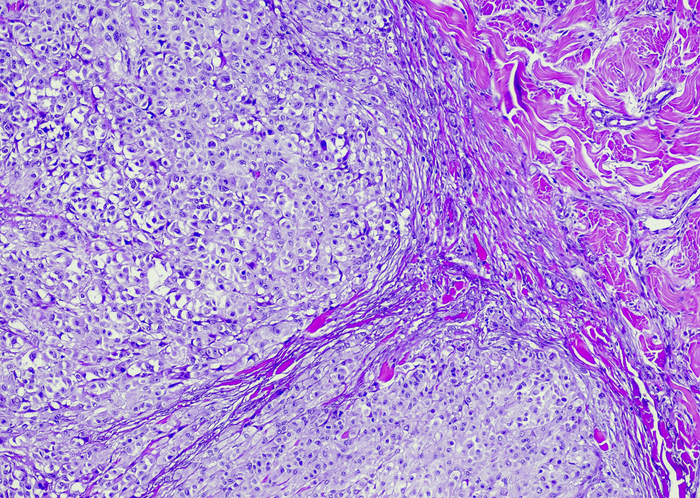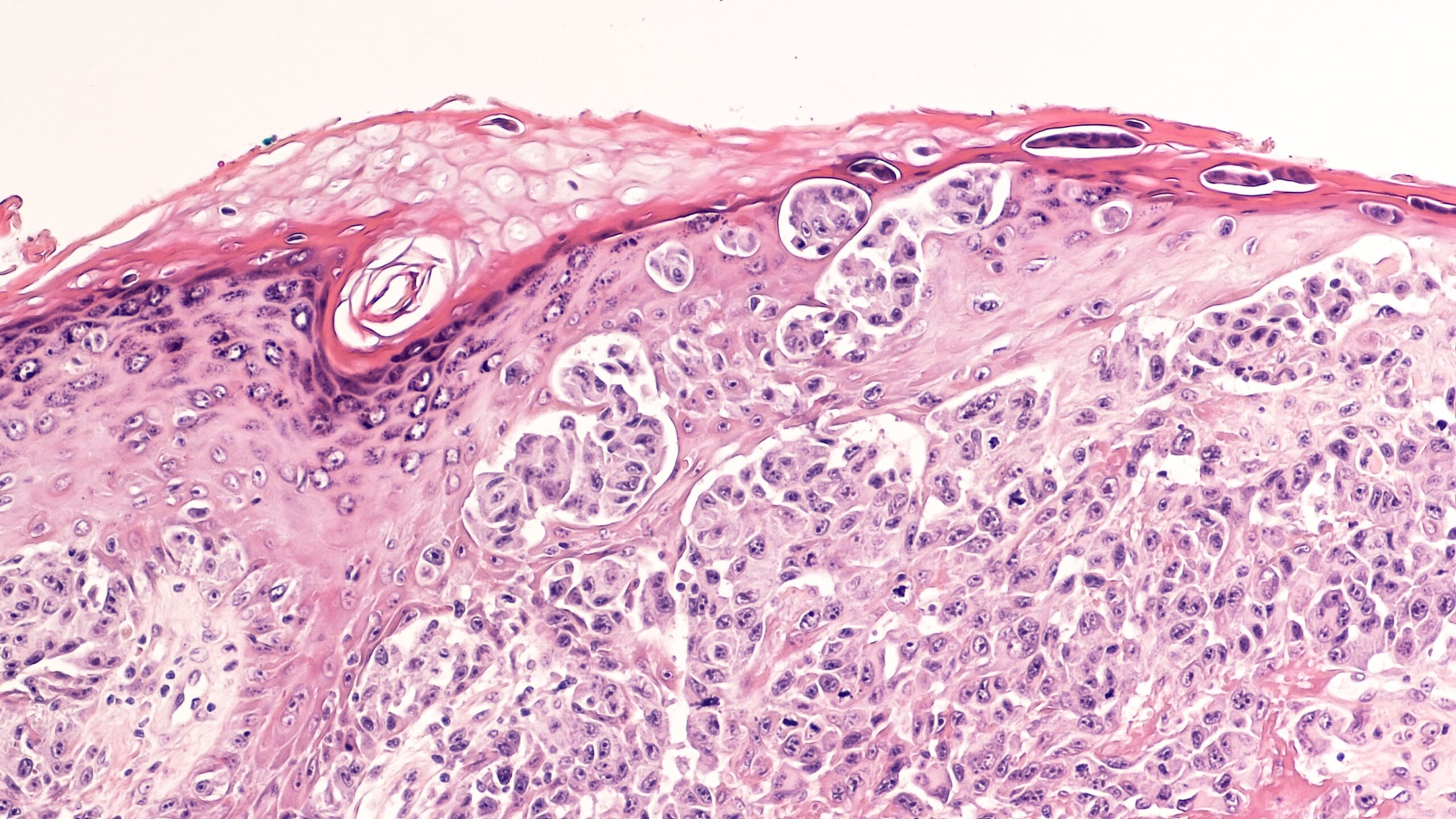
A cohort study of 144,447 patients with primary cutaneous melanoma assessed the relative effect of a 0.8 mm thickness threshold on melanoma- and nonmelanoma-related death in patients with thin melanomas (Breslow thickness ≤1.0 mm). Results were published in JAMA Dermatology.
The primary outcomes of the study were melanoma-related deaths and nonmelanoma-related deaths. Competing-risk regression analyses and cause-specific analyses were performed to investigate the relationships between Breslow thickness subcategory (<0.8 mm vs. ≥0.8 mm by 0.1-mm increments) and the primary outcomes.
Registry data for all Australians diagnosed with thin invasive primary melanomas between 1982‒2014 were analyzed; dates and causes of death were obtained from the Australian National Death Index. The median age of participants was 56 years (range, 18-101 years) and 54% (n=78,014) were men. Median follow-up was 15 years (interquartile range, 9.5-23.3).
Crude incidence rates of melanoma-related deaths 20 years after diagnosis were 6.3% (95% CI, 6.1-6.5) for the whole cohort, 6.0% (95% CI, 5.7-6.2) for tumors <0.8 mm, and 12.0% (95% CI, 11.4-12.6) for tumors 0.8-1.0 mm. The corresponding 20-year melanoma-specific survival rates were 91.9% (95% CI, 91.6-92.1), 94.2% (95% CI, 94.0-94.4), and 87.8% (95% CI, 87.3-88.3), respectively.
On multivariable analysis, tumor thickness of 0.8-1.0 mm was significantly associated with both a greater absolute risk for melanoma-related death (subdistribution hazard ratio [HR], 2.92; 95% CI, 2.74-3.12) and a greater rate of melanoma-related death (HR, 2.98; 95% CI, 2.79-3.18) than thinner tumors (<0.8 mm). Risk for death from nonmelanoma-related causes was not associated with Breslow thickness.
“In this study, the risk of melanoma-related death increased significantly for patients with primary tumors of 0.8 to 1.0 mm in thickness. The risk of death from nonmelanoma-related causes was similar across Breslow thicknesses of 0.1 to 1.0 mm. This analysis suggests that a 0.8-mm threshold for guiding the care of patients with thin primary melanomas,” the researchers concluded.
Source







 © 2025 Mashup Media, LLC, a Formedics Property. All Rights Reserved.
© 2025 Mashup Media, LLC, a Formedics Property. All Rights Reserved.